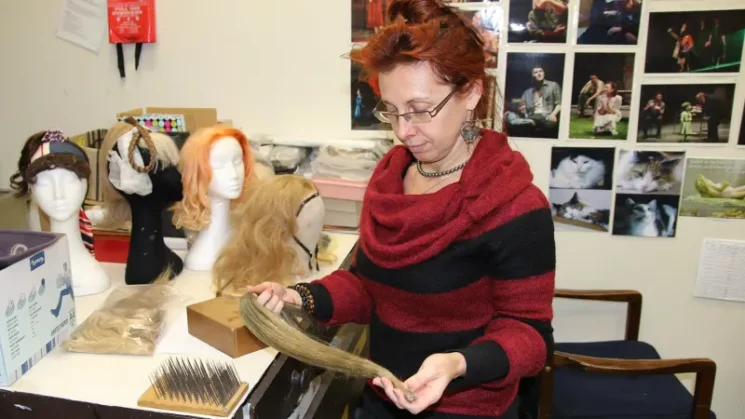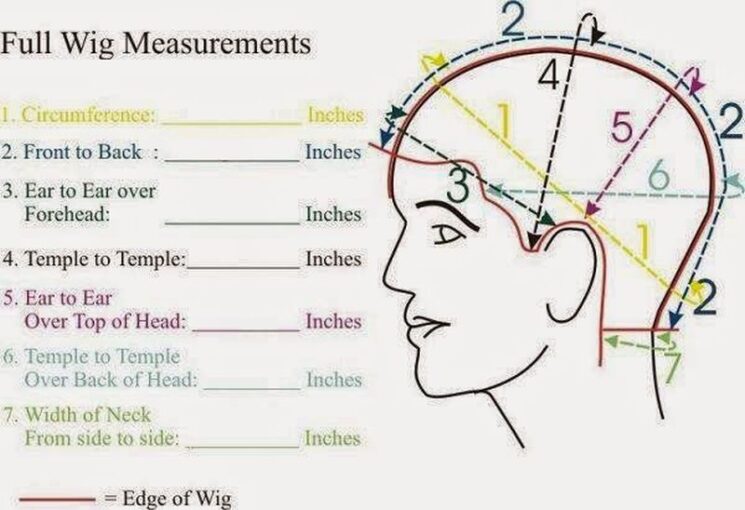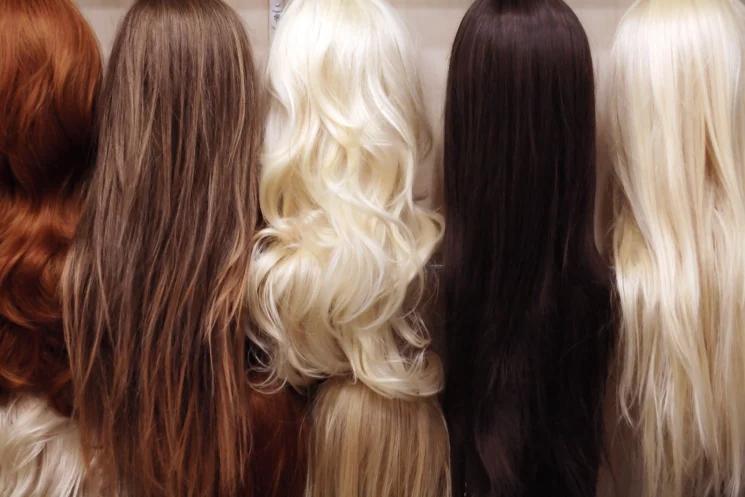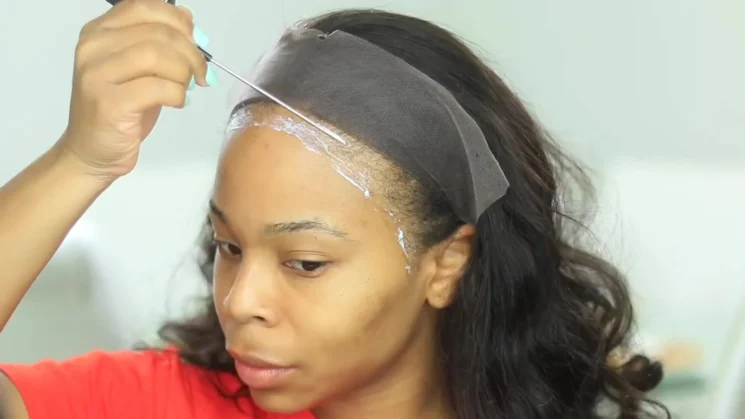Wig making is an art form that has been around for centuries. From ancient Egypt to the modern-day entertainment industry, hairpieces have played an important role in fashion, beauty, and performance. But wig-making is not just an art; it is also a science that requires technical knowledge and skill to create a high-quality product. In this article, we will explore the art and science of wig-making and the creation process behind it.
In This Post
Understanding the Science of Wig-Making

Before diving into the creation process, it’s important to understand the science behind wig-making. The foundation of a wig is the cap, which is made of various materials such as lace, monofilament, or wefts. The cap serves as the base onto which the hair is attached.
The hair used for toupees can come from various sources such as human hair, animal hair, or synthetic hair. Each type of hair has its unique qualities and characteristics that affect the final product’s look and feel. For example, human hair is highly sought after for its natural appearance and durability, while synthetic hair is cheaper and easier to maintain.
Step 1: Consultation
Step 1 of the wig-making process is consultation, which is a crucial step in ensuring that the client gets the wig they want and need. During this step, the wig maker will sit down with the client and discuss their needs and preferences.
Needs and Preferences
The wig maker will ask the client about their needs and preferences. For example, the client may need a toupee for medical reasons or want a wig for fashion or performance purposes. The hairpiece maker will also ask the client about their preferred hair color, texture, and length.
Head Shape and Facial Features
The toupee maker will also take into account the client’s head shape and facial features. This will help them create a wig that complements the client’s natural features and looks natural. The toupee maker may suggest different toupee styles based on the client’s facial features, such as bangs to frame the face or layers to add volume.
Customization
If the client has specific requests or needs, the toupee maker can customize the wig to fit those needs. For example, the toupee maker can create a toupee with a specific hairline or part, or add hair to a specific area to cover a bald spot.
Step 2: Measurements

After the consultation, the wig maker will take precise measurements of the client’s head to ensure a perfect fit. This involves measuring the circumference of the head, the distance between the ears, and the nape of the neck. The toupee maker will also take note of any irregularities in the head shape that may affect the fit.
Step 3: Cap Making
Step 3 of the wig-making process is cap making, which is the foundation of the toupee. The cap serves as the base onto which the hair will be attached, and it needs to fit the client’s head perfectly to ensure a comfortable and natural-looking hairpiece.
Material Selection
The first part of cap making is selecting the appropriate materials. The wig maker can choose from various materials, such as lace, monofilament, or wefts. Each material has its unique qualities and characteristics that affect the final product’s look and feel.
Cap Construction
Once the materials are selected, the hairpiece maker will construct the cap to fit the client’s head. This involves measuring the client’s head and using those measurements to create a custom cap. The cap can be made using different techniques, such as hand-sewn or machine-sewn, depending on the toupee maker’s preference and the client’s needs.
Ventilation
Ventilation is the process of attaching hair to the cap. The wig maker will use a needle and thread to ventilate the hair onto the cap in a way that creates a natural-looking hairline. This process requires skill and attention to detail to ensure that the hair looks natural and even.
Step 4: Hair Selection and Preparation

After the cap is made, the wig maker will select the appropriate hair for the toupee. This involves choosing the right color, texture, and length of hair to match the client’s natural hair. The hair is then prepared by washing and conditioning it to ensure it is clean and healthy.
Step 5: Hair Attachment
The hair is then attached to the cap using various techniques such as knotting or ventilating. The toupee maker will carefully select the appropriate attachment technique based on the type of hair being used and the client’s needs. The hair is attached strand by strand, and the wig maker will take care to ensure that the hair is evenly distributed and looks natural.
Step 6: Styling
Step 6 of the wig-making process is styling, which involves cutting, shaping, and texturizing the hair to create the desired look. This step is crucial in creating a hairpiece that looks natural and complements the client’s features.
Cutting
The first part of styling is cutting the hair to the desired length and shape. The toupee maker will use a variety of cutting techniques, such as point cutting or slide cutting, to create a natural-looking shape. It is important to take into account the client’s face shape and features when cutting the hair to ensure a flattering look.
Shaping
Once the hair is cut, the toupee maker will shape it to fit the client’s head and face. This involves using techniques such as layering and feathering to create volume and movement. The hairpiece maker will take into account the client’s hairline and part to ensure that the wig looks natural.
Texturizing
Finally, the toupee maker will texturize the hair to create a natural-looking finish. This involves using techniques such as razor cutting or thinning shears to remove excess bulk and create a more natural texture.
Step 7: Final Fitting

The final step in the wig-making process is the final fitting. The client will try on the wig, and the hairpiece maker will make any necessary adjustments to ensure a perfect fit. The client will then be shown how to care for and maintain the toupee to ensure its longevity.
Conclusion
In conclusion, wig-making is both an art and a science that requires technical knowledge and skill to create a high-quality product. The creation process involves consultation, measurements, cap making, hair selection and preparation, hair attachment, styling, and final fitting. By understanding the art and science of wig-making, we can appreciate the final product.